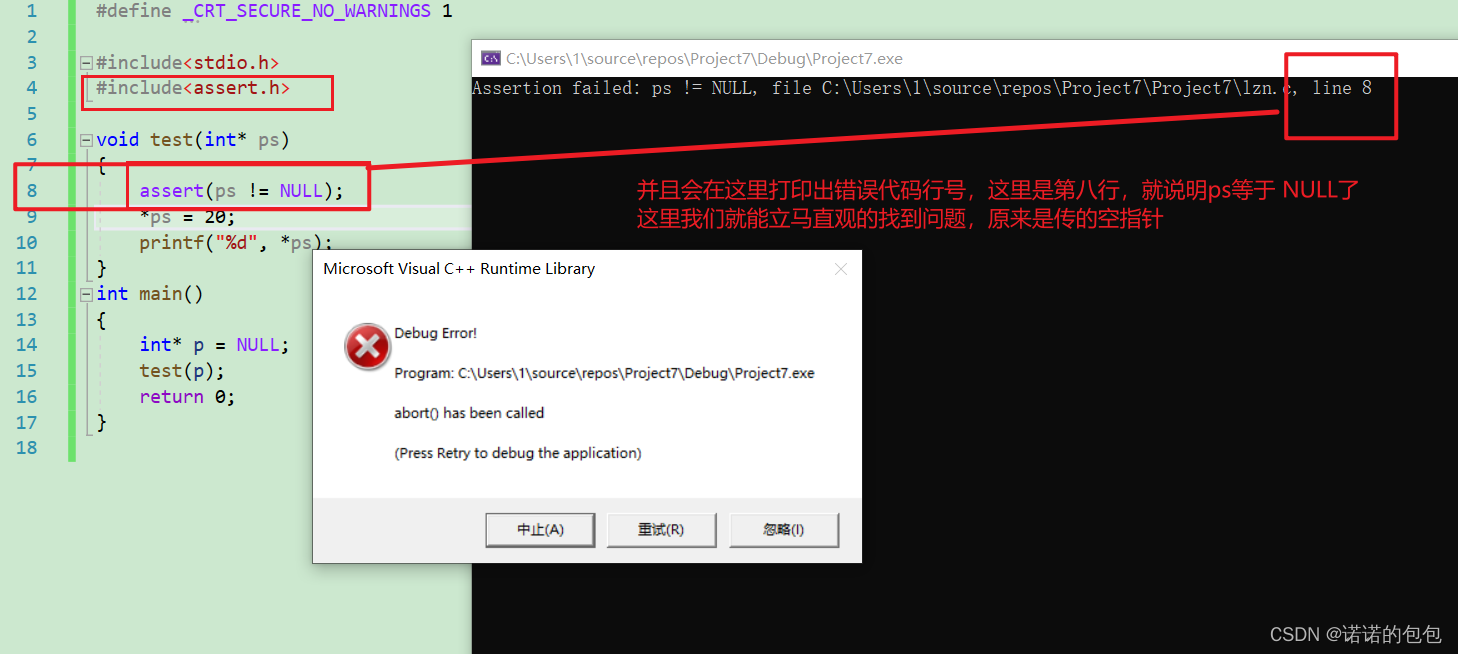Ribbon负载均衡服务调用
SpringCloud 已停更
github官网:https://github.com/netflix/ribbon
Spring Cloud Ribbon是一个基于HTTP和TCP的客户端负载均衡工具,它基于Netflix Ribbon实现。通过Spring Cloud的封装,可以让我们轻松地将面向服务的REST模版请求自动转换成客户端负载均衡的服务调用。Spring Cloud Ribbon虽然只是一个工具类框架,它不像服务注册中心、配置中心、API网关那样需要独立部署,但是它几乎存在于每一个Spring Cloud构建的微服务和基础设施中。因为微服务间的调用,API网关的请求转发等内容,实际上都是通过Ribbon来实现的,包括后续我们将要介绍的Feign,它也是基于Ribbon实现的工具。所以,对Spring Cloud Ribbon的理解和使用,对于我们使用Spring Cloud来构建微服务非常重要。
Load Balancer(LB)负载均衡,简单轮询、随机连接。
Load Balancer(LB)负载均衡:服务端,集中式LB(服务消费方和提供方之间使用独立的LB设施),将用户的请求平摊的分配到多个服务,实现高可用(HA)。软件nginx,LVS,硬件F5等。
Ribbon本地负载均衡:客户端,进程式LB(多个客户端),在调用微服务接口时候,会在注册中心上获取注册信息服务列表之后缓存到JVM本地,从而在本地实现RPC远程服务调用技术。
依赖
原依赖:
<dependency>
<groupId>com.netflix.ribbon</groupId>
<artifactId>ribbon</artifactId>
</dependency>
eureka client默认有ribbon依赖
<!--eureka client-->
<dependency>
<groupId>org.springframework.cloud</groupId>
<artifactId>spring-cloud-starter-netflix-eureka-client</artifactId>
</dependency>
默认使用
消费者调用服务提供者集群
消费者注入或者启动类注入
@Configuration
public class ApplicationContextConfig {
@Bean
@LoadBalanced //默认轮询负载均衡
public RestTemplate restTemplate() {
return new RestTemplate();
}
}
使用RestTemplate远程RPC调用。服务提供者默认轮询被访问。
自定义负载均衡算法
Ribbon核心组件IRule,负载均衡算法

负载规则替换,注意,不能与主启动类在同一个包下!
作用是替换ribbon负载均衡规则
另创建包
package com.wzq.myrule;
import com.netflix.loadbalancer.IRule;
import com.netflix.loadbalancer.RoundRobinRule;
import org.springframework.context.annotation.Bean;
import org.springframework.context.annotation.Configuration;
/**
* 自定义负载均衡路由规则类
*
* @author zzyy
* @date 2020/3/6 15:15
**/
@Configuration
public class MySelfRule {
@Bean
public IRule myRule() {
// 定义为随机
return new RandomRule();
}
}
主启动类添加注释:
@RibbonClient(name = "CLOUD-PAYMENT-SERVICE", configuration = MySelfRule.class)
7种负载均衡算法,默认轮询。直接return 算法名字。

轮询算法原理
rest接口第几次请求次数 % 服务器集群总数量 = 实际调用服务器位置下标,每次服务器重启后,rest接口计数从1开始。
// 服务发现获取服务实例
List<ServiceInstance> instances = discoveryClient.geInstance("CLOUD-PAYMENT-SERVICE");
int index = rest接口第几次请求次数 % 服务器集群总数量
// 该请求次数的服务
List<index>
源码:
public RoundRobinRule() {
this.nextServerCyclicCounter = new AtomicInteger(0);
}
private int incrementAndGetModulo(int modulo) {
int current;
int next;
do {
current = this.nextServerCyclicCounter.get();
next = (current + 1) % modulo;
} while(!this.nextServerCyclicCounter.compareAndSet(current, next));
return next;
}
//compareAndSet比较错误就换值,CAS
//nextServerCyclicCounter默认0,compareAndSet(期望值,交换值)
//默认值是期望值则不变true,不然变为交换值false
手写一个负载的算法CAS+自旋锁
首先提供者8001、8002服务controller层加上
@GetMapping("/payment/lb")
public String getPaymentLB() {
return SERVER_PORT;
}
LoadBalancer接口:
import org.springframework.cloud.client.ServiceInstance;
import java.util.List;
/**
* @InterfaceName: LoadBalancer
* @description:
* @author: WZQ
* @create: 2020/3/7 15:55
**/
public interface LoadBalancer {
ServiceInstance instances(List<ServiceInstance> serviceInstances);
}
实现类:
import org.springframework.cloud.client.ServiceInstance;
import org.springframework.stereotype.Component;
import java.sql.SQLOutput;
import java.util.List;
import java.util.concurrent.atomic.AtomicInteger;
/**
* @ClassName: MyLB
* @description:
* @author: XZQ
* @create: 2020/3/7 15:55
**/
@Component
public class MyLB implements LoadBalancer {
private AtomicInteger atomicInteger = new AtomicInteger(0);
private final int getAndIncrement() {
int current;
int next;
do {
current = this.atomicInteger.get();
next = current >= Integer.MAX_VALUE ? 0 : current + 1;
//当前服务索引
//compareAndSet比较,原值是current,则true,否则atomicInteger=next,false
} while (!atomicInteger.compareAndSet(current, next));
System.out.println("第几次访问,次数next:" + next);
return next;
}
@Override
public ServiceInstance instances(List<ServiceInstance> serviceInstances) {
int index = getAndIncrement() % serviceInstances.size();
return serviceInstances.get(index);
}
}
controller类中添加:
@GetMapping("/consumer/payment/lb")
public String getPaymentLB() {
//获取服务实例数
List<ServiceInstance> instances = discoveryClient.getInstances("CLOUD-PAYMENT-SERVICE");
if (instances == null || instances.size() <= 0) {
return null;
}
ServiceInstance serviceInstance = loadBalancer.instances(instances);
URI uri = serviceInstance.getUri();
return restTemplate.getForObject(uri + "/payment/lb", String.class);
}


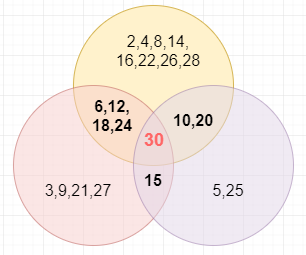



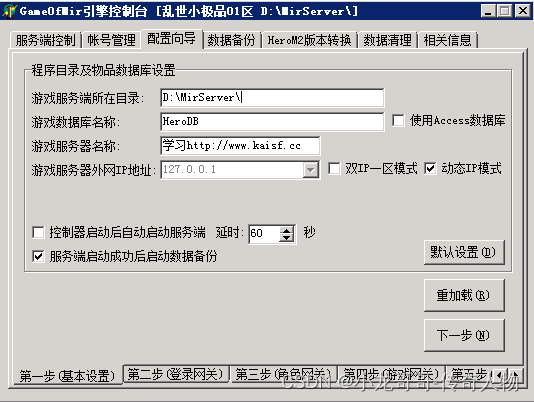


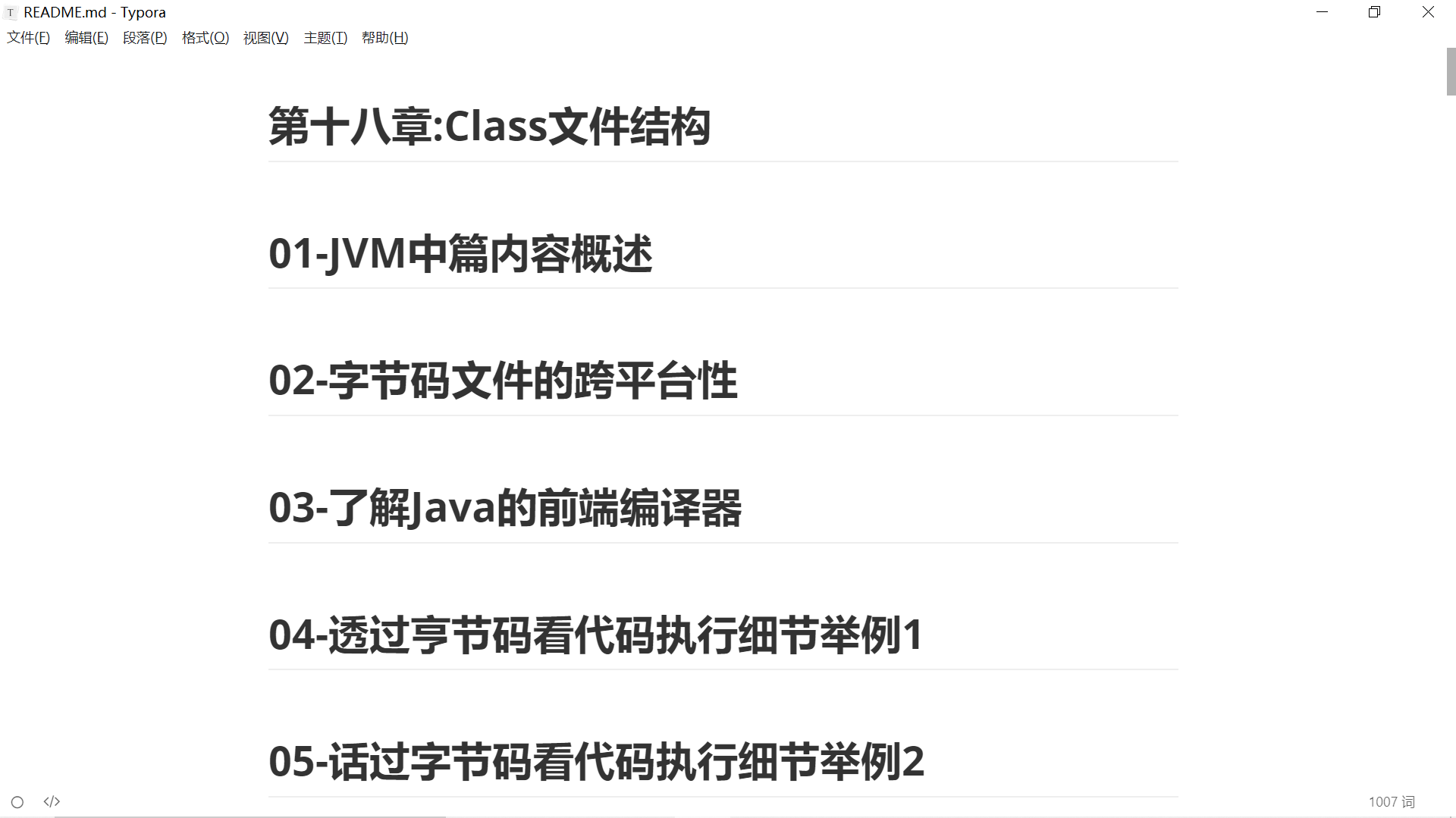

![已解决OSError: [Errno 22] Invalid argument](https://img-blog.csdnimg.cn/2baa3faf285449e1adb4583b8335b3b0.png)
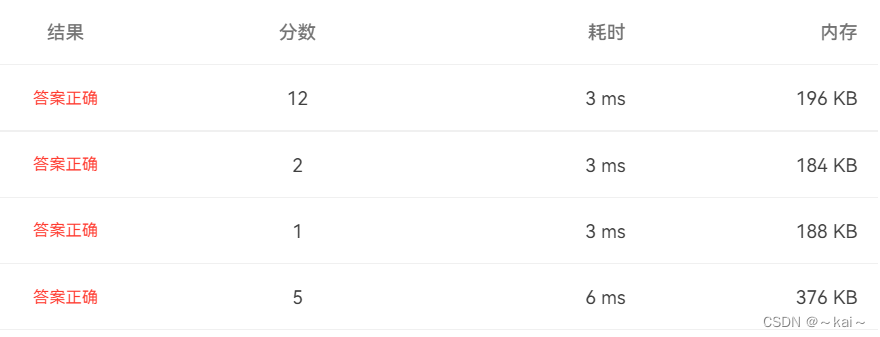
![UnityVR一体机报错:GL_OUT_OF_MEMORY,[EGL] Unable to acquire context](https://img-blog.csdnimg.cn/4a15bed720784a51bc6d69aa41689eab.png)


